Tech
the GENIUS Act Blocks Big Tech and Banks from Controlling Stablecoins
The GENIUS Act sets firm boundaries on stablecoin issuers, preventing tech giants and banks from dominating the market

GENIUS Act — officially known as the Guiding and Establishing National Innovation for US Stablecoins — has passed through the House with broad bipartisan support. While headlines focused on its historic nature, insiders say a quiet revolution is happening under the radar: the GENIUS Act makes it nearly impossible for Big Tech and major banks to monopolize the stablecoin industry.
Circle‘s Chief Strategy Officer Dante Disparte, a long-time advocate for regulatory clarity in crypto, called out what he dubbed the “Libra clause” of the GENIUS Act, referencing Meta’s (formerly Facebook) failed stablecoin project. The clause mandates that any non-bank tech company wanting to mint a dollar-backed digital token must do so through a standalone legal entity — one designed to be stable, neutral, and transparent.
“It creates clear rules that I think in the end the biggest winners are the US consumers and market participants and frankly the dollar itself,” said Disparte on the Unchained Podcast.
What the GENIUS Act Really Means for Stablecoins
The GENIUS Act isn’t just a regulatory milestone — it’s a strategic framework designed to ensure stablecoins serve public interest rather than becoming tools for corporate expansion or unchecked speculation.
Let’s unpack five game-changing rules embedded in the Act:
- Big Tech Must Spin Off Standalone Entities
- Tech companies like Google, Apple, or Meta are barred from launching stablecoins unless they establish fully separate entities, similar to how Circle operates.
- These entities must comply with strict regulatory oversight and antitrust assessments.
- Banks Must Use Legally Isolated Subsidiaries
- Even traditional financial institutions must house stablecoin operations in separate subsidiaries.
- These subsidiaries are barred from taking risks — no leverage, lending, or fractional reserves.
- No Interest-Bearing Stablecoins
- In one of the most controversial sections of the GENIUS Act, issuers are banned from offering yield or interest directly on stablecoin holdings.
- This directly impacts firms like PayPal and JPMorgan that were exploring interest models for their digital tokens.
- Mandatory Federal Charter for Large Issuers
- Issuers holding more than $10 billion in assets must apply for a national trust-bank charter.
- Those below this threshold may continue operating under state-based money transmitter laws, maintaining local jurisdiction flexibility.
- Strong Criminal Penalties for Unbacked Tokens
- The Act criminalizes the issuance of unbacked “stable” tokens — like the failed TerraUSD, effectively banning similar experiments from being replicated in the U.S.
How the GENIUS Act Protects Against Libra-Like Projects
The “Libra clause,” as named by Disparte, was born from the ashes of Meta’s Libra/Diem project — a global stablecoin initiative that collapsed under the weight of regulatory scrutiny. The GENIUS Act now codifies protections to ensure no single tech firm can unilaterally launch a global currency alternative backed by its own user base and data infrastructure.
This is a huge win for proponents of financial decentralization and consumer protection, according to Dante Disparte, who worked with the World Economic Forum before joining Circle.
Impact on Traditional Banks and the “Deposit Token” Model
Wall Street firms including JPMorgan Chase have proposed “deposit tokens” — stablecoins backed by customer deposits — as a safer alternative to crypto-native stablecoins. However, the GENIUS Act effectively handcuffs these efforts by forcing such coins to remain completely risk-averse.
“It’s even more conservative than what JPMorgan envisioned,” Disparte noted.
This aligns with federal goals of separating deposit-taking institutions from high-risk digital assets, mirroring moves by regulators at the Federal Reserve and the Office of the Comptroller of the Currency (OCC).
The Yield Ban and Its Surprising Upside for DeFi
Perhaps the most contentious element of the GENIUS Act is the ban on interest-bearing stablecoins. While consumer advocates applaud the effort to keep stablecoins truly “stable,” analysts suggest this will accelerate capital migration into Ethereum-based DeFi platforms like Aave, Compound, and MakerDAO.
“The yield will just move to the DeFi layer,” said Nic Puckrin, a DeFi strategist. “We’re looking at a possible DeFi Summer 2.0.”
CoinFund’s Christopher Perkins echoed the sentiment, adding that institutional investors — who are legally bound to generate yield — may now pivot heavily toward on-chain protocols for returns.
Institutional Implications: DeFi as the New Frontier
Institutional investors now face a stark choice: avoid stablecoins entirely, or embrace decentralized finance. This shift could unlock billions in new capital for DeFi, pushing Ethereum’s Total Value Locked (TVL) to new highs.
The GENIUS Act may have inadvertently created a financial vacuum that only decentralized platforms can fill. This could force regulators to revisit DeFi frameworks sooner than expected.
GENIUS Act Passes With Rare Bipartisan Support
In an era of political gridlock, the GENIUS Act passed with over 300 votes in the House, including 102 Democrats. Lawmakers from both parties recognized the need to protect the U.S. dollar’s dominance in global finance while allowing for responsible digital innovation.
This rare cooperation suggests that Washington may finally be ready to regulate crypto, not by stifling it, but by laying down clear, enforceable guardrails.
The Future of Stablecoins in the U.S.
With the passage of the GENIUS Act, stablecoin issuers now face a future defined by transparency, accountability, and regulation. But they also face a competitive new landscape — one where consumer trust must be earned, not assumed.
As Circle, Tether, and emerging startups adjust to this legal evolution, we may also see new entrants designed from the ground up to meet these requirements.
Whether this creates a safer digital economy or simply pushes innovation offshore is a question regulators and the market will soon answer.
Final Thoughts: GENIUS or Limiting?
The GENIUS Act is being hailed as a visionary step for crypto regulation in the U.S. But it’s not without its critics. Yield bans may slow adoption. Strict structures may deter competition. Yet, in the eyes of many, it offers something the crypto world has long demanded: legitimacy.
If stablecoins are going to serve billions and anchor global commerce, then guardrails like those in the GENIUS Act may be not only necessary but inevitable.
Tech
OpenAI’s new Sora app flooded with terrifying Sam Altman deepfakes and bizarre AI videos…
From pigs scrolling TikTok to Pokémon lawsuits, OpenAI’s Sora turns into a surreal deepfake playground less than 24 hours after launch.

When OpenAI unveiled its new social media app Sora, it promised a bold new way to experience AI-generated video. What early users received, however, feels more like a nightmarish fever dream starring none other than Sam Altman himself.
Within hours of launch, the invite-only app was overrun with uncanny deepfakes of the OpenAI CEO. In one viral clip, Altman appears inside a factory farm packed with pink pigs, each pen equipped with a smartphone streaming vertical videos. Staring directly at the camera, the AI-generated Altman asks chillingly: “Are my piggies enjoying their slop?”
ALSO READ : Terence Stamp’s Final Curtain Call Leaves Fans in Tears as Secrets from His Past Resurface
Moments later, the feed shifts to another surreal scene — Altman standing in a field of Pokémon, from Pikachu to Bulbasaur, casually remarking: “I hope Nintendo doesn’t sue us.”
The internet’s new obsession: Altman everywhere
The bizarre trend didn’t stop there. Users generated videos of “Altman” pouring Starbucks lattes for Pikachu and Eric Cartman, yelling at customers behind a McDonald’s counter, or even running away from police after stealing Nvidia GPUs from a Target store.
The app itself cheekily acknowledges the chaos. In some clips, Altman’s AI double announces, “This content may violate our guardrails concerning third-party likeness,” before bursting into hysterical laughter — as if mocking the very warnings the app is designed to enforce.

Copyright chaos on display
Sora is already under fire for how it handles copyright. Unlike most platforms where creators must opt in to allow their content to be used, OpenAI has flipped the model: copyright holders must opt out to prevent their works from appearing. Legal experts say this raises troubling questions, especially when videos depict characters like Naruto, Mario, or even Pikachu performing adult or absurd actions.
“People are pushing Sora’s boundaries just to see how far it will go,” one user posted on X, pointing to clips of Mario smoking weed or Pikachu performing ASMR.
Why Sora feels different
What sets Sora apart from other AI apps, including the Meta AI feed, is the realism. OpenAI has fine-tuned its video generator to obey the laws of physics more convincingly, making scenes look disturbingly authentic. The more convincing these deepfakes become, the greater the risk they’ll be used for misinformation, bullying, or worse.
Sora is, at its core, a deepfake generator with social features. Upon joining, users are prompted to create a “cameo” by recording biometric data — turning their heads, reading numbers aloud, and effectively handing the app a digital replica of their likeness. Users can then choose who’s allowed to generate content with their cameo: “only me,” “people I approve,” “mutuals,” or “everyone.”
A glimpse into the future?
The frenzy around Altman deepfakes highlights both the allure and the dangers of this technology. On one hand, it showcases Sora’s jaw-dropping realism and creative potential. On the other, it raises urgent ethical questions: What happens when hyper-realistic AI versions of public figures — or private individuals — flood the internet without consent?
For now, Sora is invite-only, but if this is the preview, the public launch could be even more chaotic. Whether it becomes the next TikTok of AI or collapses under controversy, one thing is certain: Sam Altman will never look at a Target store the same way again.
Tech
Google celebrates 27th birthday as a spelling mistake turns into the world’s biggest search engine
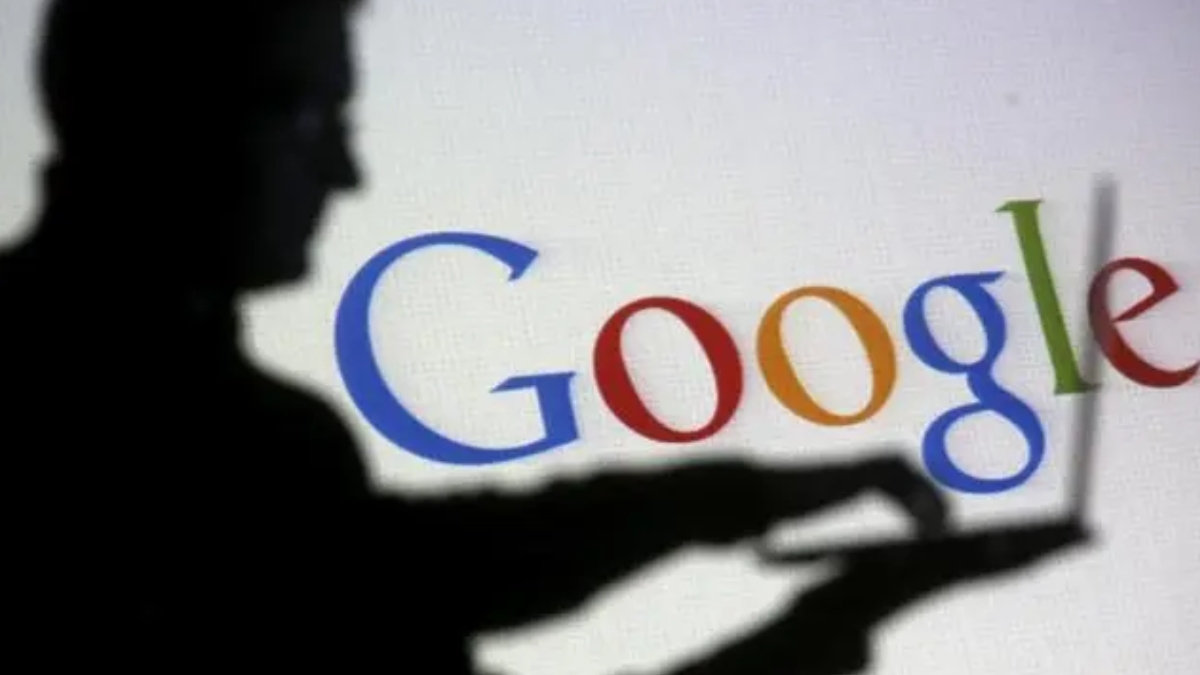
Almost every internet user around the globe interacts with Google daily — searching, mapping, emailing, or watching videos on YouTube, another Google-owned platform. But on its 27th birthday, celebrated on September 27, many still wonder: what does the name “Google” really mean, and how did it come to define the digital age?
The meaning behind Google
The name “Google” is actually derived from the mathematical term Googol — the number 1 followed by 100 zeros (10¹⁰⁰). The word was first coined by Milton Sirotta, the young nephew of American mathematician Edward Kasner, as a playful way to describe unimaginably large numbers.
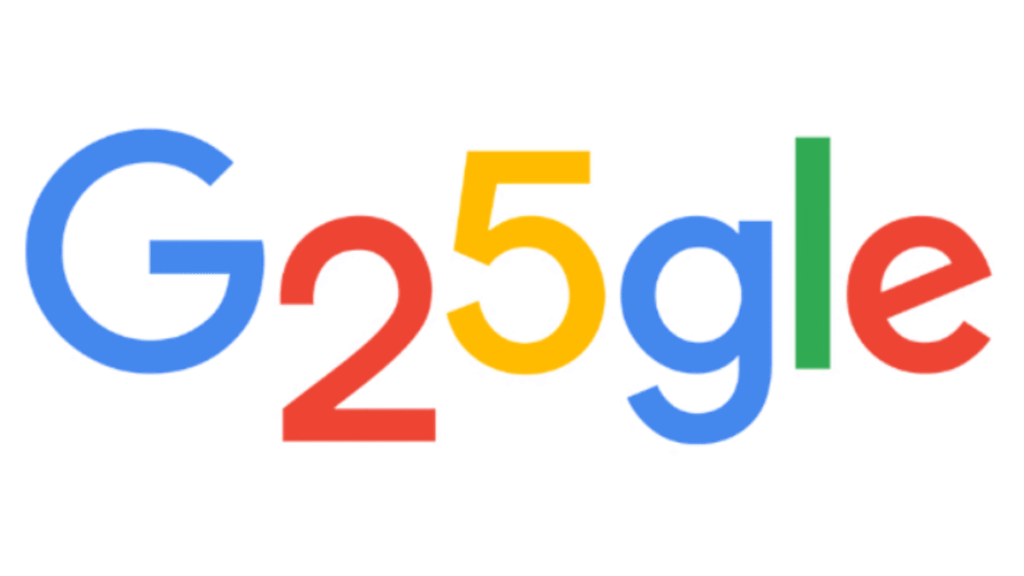
For founders Larry Page and Sergey Brin, two Stanford University Ph.D. students in the late 1990s, the term reflected their ambition: to organize a seemingly infinite amount of information on the internet and make it accessible to everyone.
From BackRub to Google
Google wasn’t always Google. In 1996, Brin and Page created a search engine prototype and named it BackRub, referencing the system’s ability to analyze “backlinks” on web pages. But by 1997, the pair realized the name lacked the ambition and gravitas their project deserved.
Brainstorming led them to consider “Googolplex” — a number that is 1 followed by a Googol of zeros. Eventually, they settled on the shorter Googol. But fate, and a small spelling error, had other plans.
A typo that changed the internet
During the process of registering the website, graduate student Sean Anderson accidentally typed “Google” instead of “Googol” while checking domain availability. To everyone’s surprise, google.com was available. Larry Page immediately approved, and within hours the domain was officially registered.

What was once a typo became one of the most recognizable names — and companies — in human history.
The rise of a global giant
Google officially incorporated on September 4, 1998, though the company celebrates its birthday on September 27, marking key internal milestones. What started in a garage in Menlo Park, California, grew into a powerhouse that now dominates global search, advertising, cloud computing, and mobile operating systems through Android.
READ MORE : Google Gemini AI Prompts for Men Spark 7 Stunning Retro and Cinematic Photo Trends
In 2015, Google restructured under a new parent company, Alphabet Inc., with Indian-born executive Sundar Pichai appointed as CEO of both Google and Alphabet. Brin and Page remain influential insiders with significant voting power.
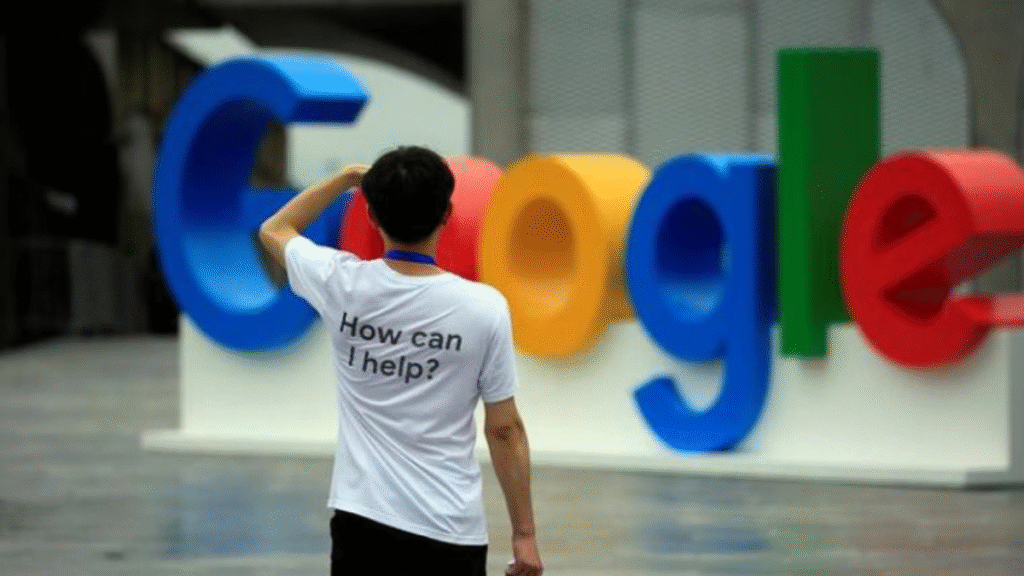
Today, Google processes over 8.5 billion searches per day, owns a portfolio of services including Gmail, Maps, and Drive, and is at the forefront of artificial intelligence with products like Gemini.
A name that became a verb
The misspelled name did more than build a brand — it became a verb. To “Google” something is now synonymous with searching for information online, a linguistic achievement that underscores its cultural dominance.
From a typo on a university campus to the backbone of the digital age, Google’s story shows how small accidents can shape history. On its 27th birthday, the company remains a giant not just of technology, but of modern language and daily life.
Tech
iPhone 17 Air Launch Shocks Fans with 10 Powerful Features and Stunning Price in USA
Apple’s thinnest smartphone ever brings a 48MP Fusion camera, A19 Pro chip, recycled titanium body, and a major focus on Apple Intelligence.
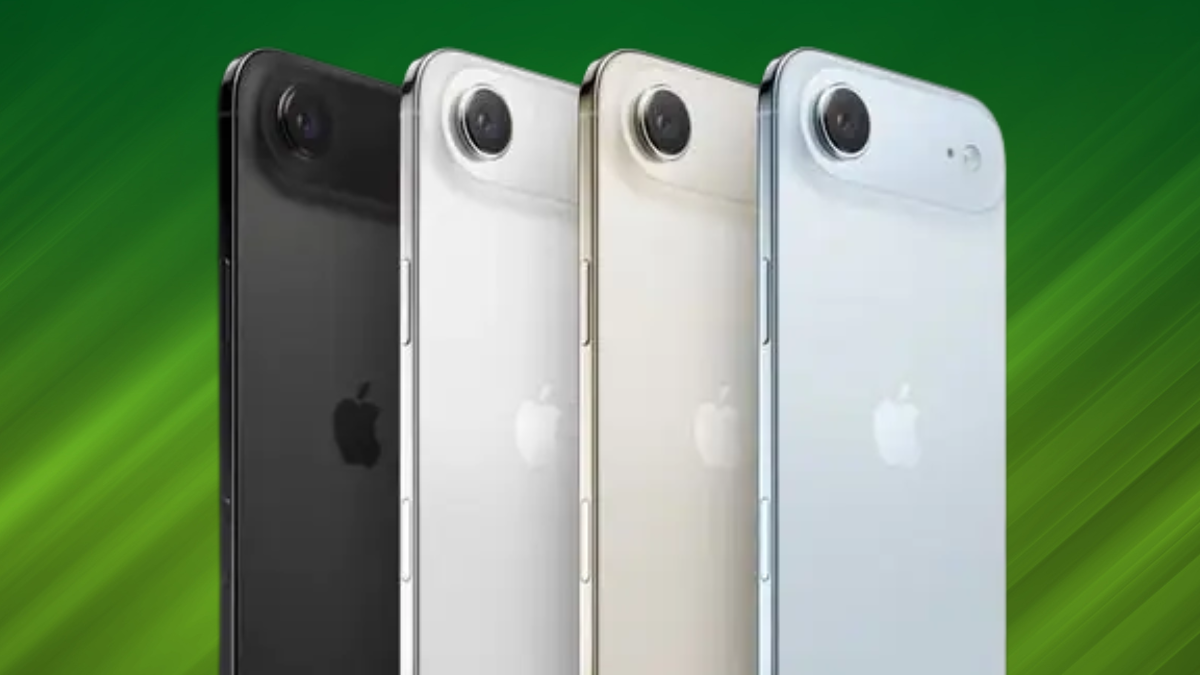
The iPhone 17 Air has finally arrived, and it is already being called one of the most stylish yet powerful smartphones ever designed by Apple. Launched as part of the 2025 lineup, this device combines ultra-slim design with groundbreaking technology, promising to redefine how users experience photography, performance, and intelligence on a phone.
With a 6.5-inch Super Retina XDR display, 48MP Fusion camera system, and the all-new A19 Pro chip, the iPhone 17 Air has been engineered for speed, durability, and creativity. Apple has also doubled down on sustainability, using 80% recycled titanium in its construction while still delivering premium aesthetics in four beautiful colors.
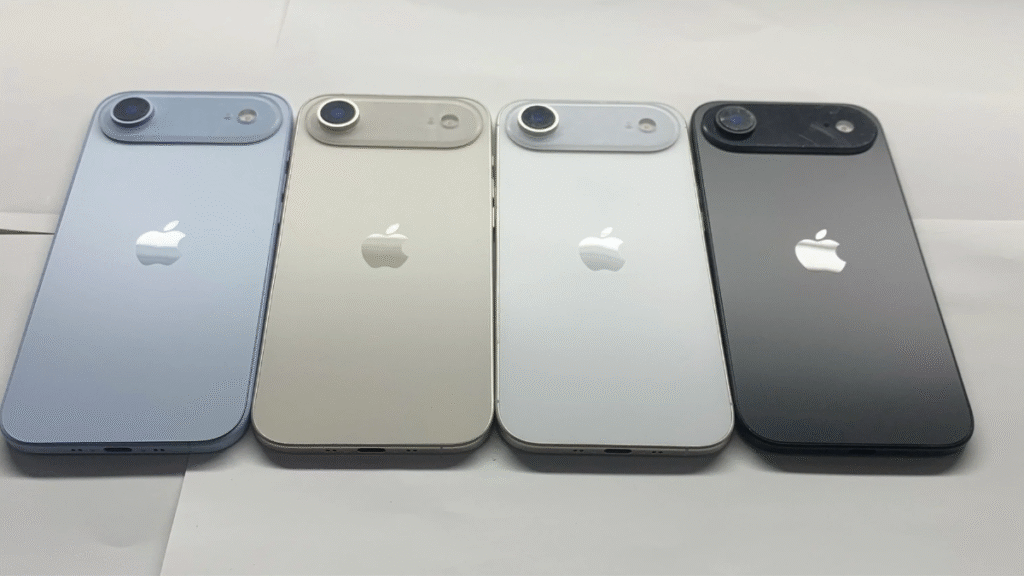
1. Camera: A True Photographer’s Dream
The iPhone 17 Air comes with a 48MP Fusion camera system, capable of shooting 24MP photos by default. Apple has packed in multiple focal lengths (26mm, 28mm, 35mm, and 52mm), effectively giving users “four lenses in their pocket.”
Other highlights include:
- 2x Telephoto zoom for professional close-ups.
- Next-generation portraits powered by Apple’s AI algorithms.
- Action Mode for sports and fast movement.
- Dolby Vision 4K60 recording with cinematic quality.
Selfie lovers aren’t left behind either—thanks to the Center Stage front camera, video calls and vlogs are smarter and more dynamic.
2. Performance: A19 Pro Chip
At the heart of the device lies the new A19 Pro chip, designed for blazing speed and efficiency. Combined with Apple Intelligence (AI), it promises smarter photography, faster multitasking, and seamless app handling.
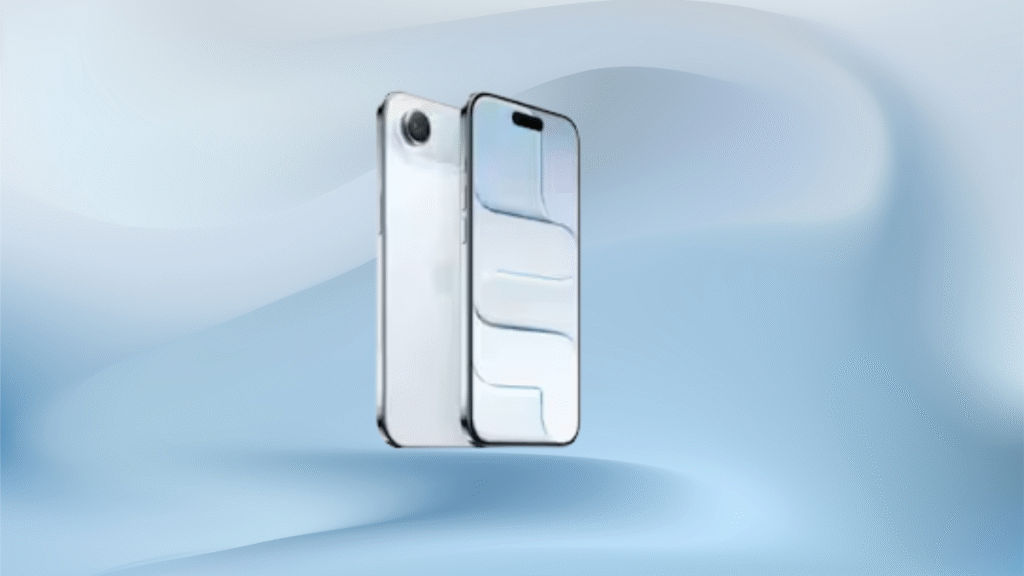
3. Durability Redefined
Apple claims the Ceramic Shield 2 offers 3x better scratch resistance on the front and 4x stronger crack resistance on the back compared to older iPhones. This makes the iPhone 17 Air one of the most durable premium smartphones on the market.
4. Display & Battery
The 6.5-inch Super Retina XDR display now supports ProMotion up to 120Hz, delivering smooth scrolling and vivid detail. Paired with all-day battery life, the phone ensures power users can enjoy high-performance tasks without constant charging.
5. Audio & Video Experience
The device also features Audio Mix with Spatial Audio, turning movies, music, and calls into immersive experiences. Content creators will especially appreciate dual capture recording, letting them film from front and back cameras simultaneously.
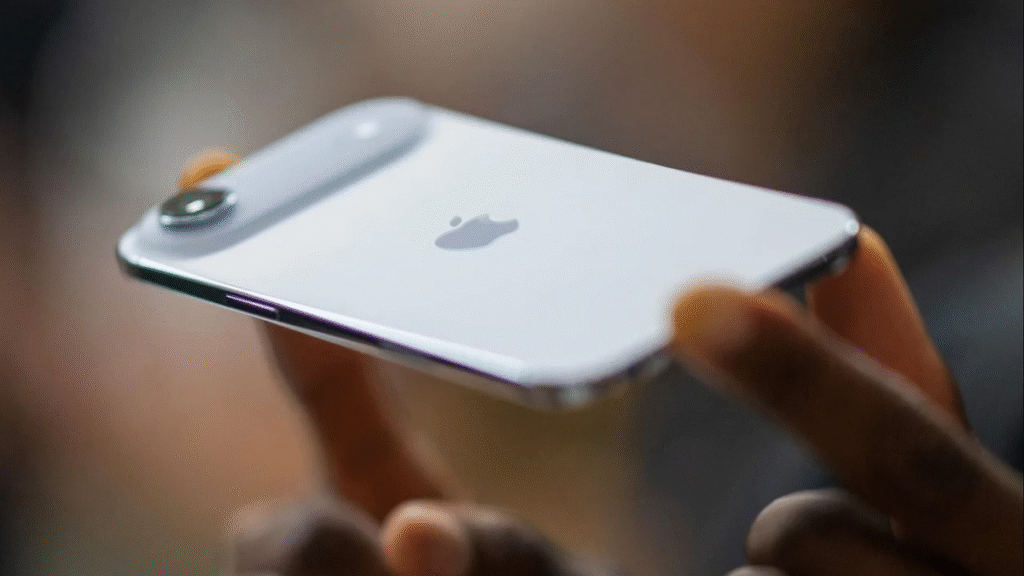
6. Sustainability with Style
For the first time, the iPhone 17 Air uses 80% recycled titanium, aligning with Apple’s environmental goals without compromising design.
iPhone 17 Air Price in USA
The iPhone 17 Air is expected to start around $899 for the base model (128GB) and may go up to $1,199 for higher storage variants. Apple aims to position this device between the standard iPhone 17 and the iPhone 17 Pro models.
Final Verdict
The iPhone 17 Air isn’t just thinner—it’s smarter, stronger, and more creative. With the perfect balance of design, performance, and eco-friendly innovation, this phone is likely to be one of the biggest upgrades in recent iPhone history.
-

 Technology News1 week ago
Technology News1 week agoChina opens Shanghai digital yuan hub to rival US dollar but here’s the bigger plan
-

 Entertainment1 week ago
Entertainment1 week agoDolly Parton delays Las Vegas concerts by nine months citing health challenges but promises unforgettable return
-

 Entertainment1 week ago
Entertainment1 week agoZoey Deutch engaged to comedian Jimmy Tatro after 4 years of dating with romantic beach proposal
-

 Entertainment4 days ago
Entertainment4 days agoSurvivor Season 49 episode 2 shocker Kele tribe loses again and fans stunned by who went home
-

 Sports3 days ago
Sports3 days ago‘Silent killer’ Cam Schlittler stuns Red Sox as Yankees rookie makes history with 12 strikeouts
-

 Politics1 week ago
Politics1 week agoBarack Obama blasts Trump over Tylenol autism claim calling it ‘violence against truth’ but that’s not all he said…
-

 Sports5 days ago
Sports5 days agoTottenham’s Champions League wake-up call… why Spurs must stop looking like a Europa League side
-

 Automobile7 days ago
Automobile7 days agoNearly 200,000 BMWs at Risk of Fire Recall Warning Tells Owners to Park Outside




























